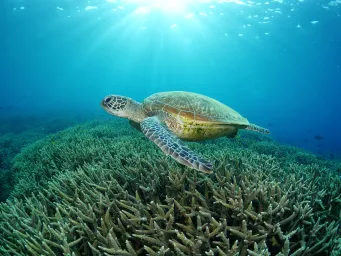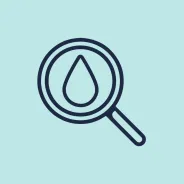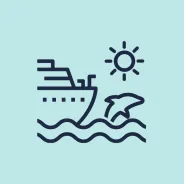RIMReP reports
This suite of reports formed part of the Reef 2050 Integrated Monitoring and Reporting Program (RIMReP) design.

About
The following suite of reports formed part of the Reef 2050 Integrated Monitoring and Reporting Program (RIMReP) design. The reports synthesize known monitoring programs, data sources, and current condition and trends in 10 thematic areas: Human Dimensions, Megafauna, Fish and Fisheries, Seagrass, Indigenous Heritage, Physico-chemical, Islands, Catchment and Estuaries, Corals, and Microbes. The information in the reports was current at June 2018. The reports were published in 2020.
















